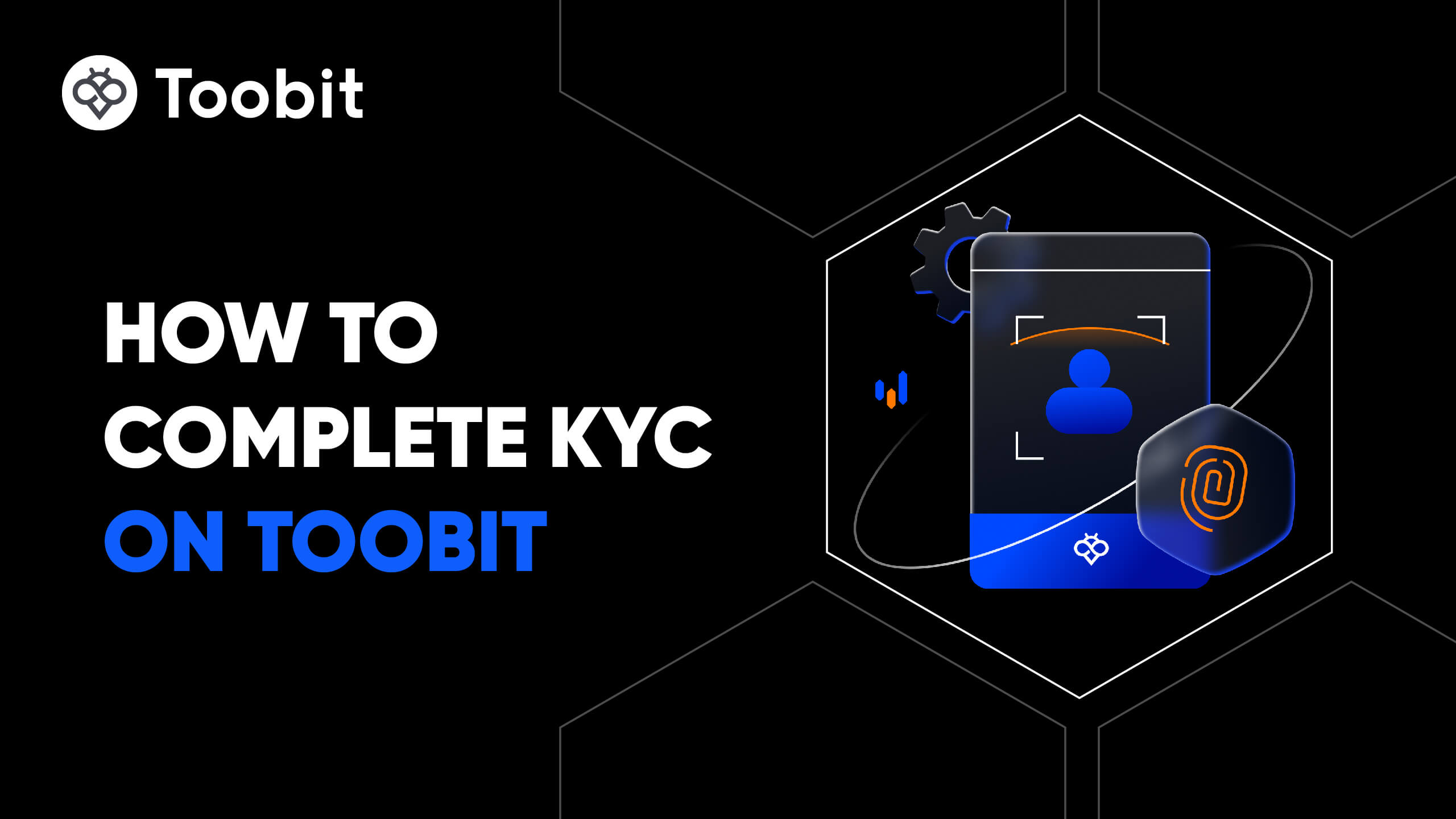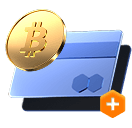undefined price
undefined market info
Live undefined price today in USD
How much is 1 undefined worth in ?
Bitcoin price history
Why does the price of Bitcoin always fluctuate?
What factors affect the performance of Bitcoin prices?
Global Bitcoin prices
How to buy --
Create your free Toobit account
Sign up on Toobit with your email address/mobile phone number and country of residence, and create a strong password to secure your account.
Verify your identity
Complete identity verification by submitting your personal details and a valid photo ID.
Add a payment method and buy -- (--)
Add a credit/debit card or bank account after verifying your Toobit account. Use multiple payment options to buy -- on Toobit.
Trade -- perpetual futures
After signing up on Toobit and buying USDT or -- tokens, you can start trading derivatives, including -- futures and margin trading to increase your income.
Join -- copy trading with lead traders
After signing up on Toobit and successfully buying USDT or -- tokens, you can also start copy trading by following Lead Traders.
Where can I buy --?
Buy crypto on the Toobit app
Sign up within minutes to purchase crypto via credit card or bank transfer.
Trade on Toobit
Deposit your cryptocurrencies to Toobit and enjoy high liquidity and low trading fees.
Video section — quick verification, quick trading

How to complete identification on Toobit and protect yourself from fraud
- 1.Log in to your Toobit account.
- 2.If you're new to Toobit, watch our tutorial on how to create an account.
- 3.Click on the profile icon in the upper right corner of the navigation bar, then tap on Identification page.


